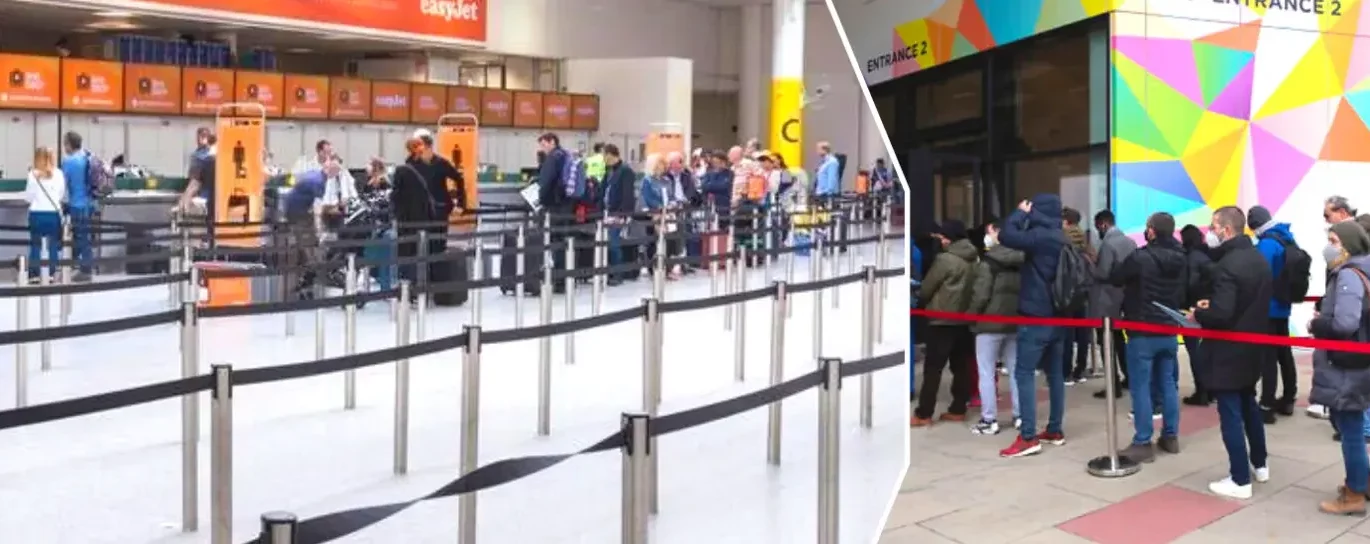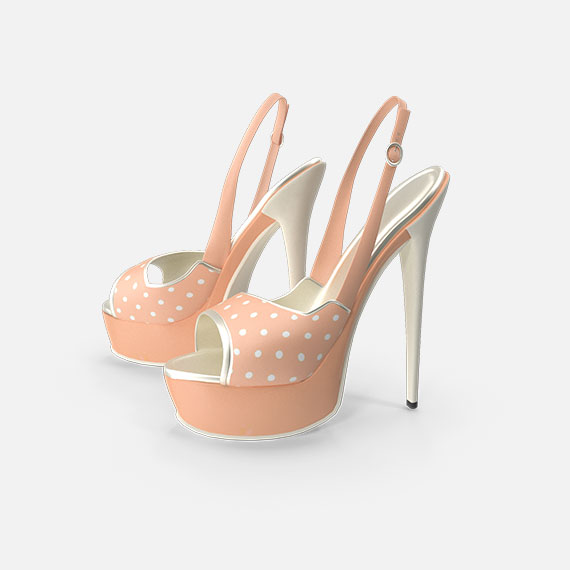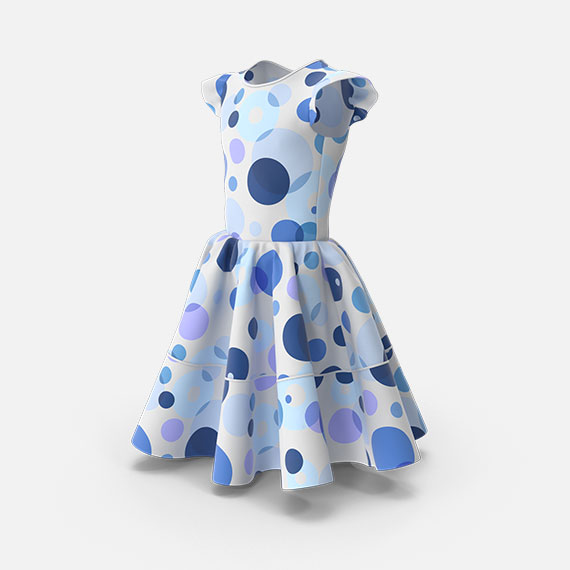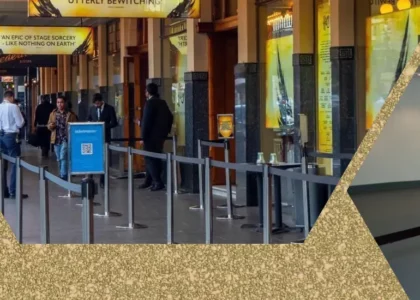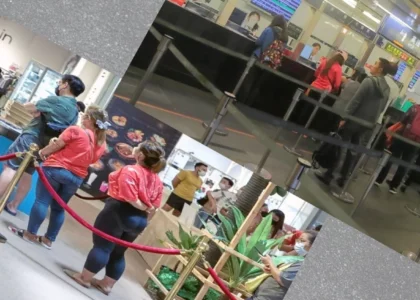Crowd control is the term commonly applied practice of forming and managing waiting lines. So, the term crowd control used in this context really is a misnomer.
The practice of waiting line management is the opposite of controlling a crowd because what you are stopping a crowd from developing by guiding customers to form an orderly line.
All aggressive customer would prefer to wait for service in a line rather than a crowd. Humans prefer the line to the crowd because lining up is more relaxing.
People in a line know what order they are going to be served in so they don’t have to stay alert and keep jostling to preserve their place.
But although lines are better than crowds nobody likes waiting lines.
Here we have a conundrum, we make our customers stand in lines because they prefer that to crowds but they don’t like lines either, so what is the solution? The first step is to understand that it is not lines that your customers object to, it is waiting.
If it is waiting that is annoying your customers, the secret to providing a better experience is the eliminate or reduce the waiting time.
Four Key Elements to Perceived Waiting Time
Anxiety
The stress of a poorly designed queue system makes the wait seem longer. Are you in the shortest line, is the line next you moving faster, should you switch lines?
Unfairness
Unfair waits seem longer than fair waits. The line next you moves faster and people who joined after you get served first. That makes your line seem to be moving even more slowly.
Unknown Time
Not knowing how long the wait will make it seem longer. If the line is moving at a regular pace the wait time can be determined but if customer transaction times vary so the line starts and stops the expected wait time becomes difficult to judge.
Boredom
Having nothing to do while waiting makes time drag.
How Queue System Design Affects Perceived Waiting Time
The first three elements of perceived waiting time can all be addressed with a single action. Switch to a single line queue system. In this queue design a single line serves all service positions. This layout changes the waiting psychology by reducing stress
Anxiety – With a single line system there is no having to chose a line, worrying if it the quickest and whether you should switch lines
Unfairness – Once in a single line you are guaranteed to be served in the order you arrived in.
Unknown Time – As the line is served by all cashiers if a delay at one does not stall any customer. The line keeps moving and that regular movement allows the wait time to be assessed.
Boredom – the most effective way to entertain customers standing in line is to sell them something. Browsing merchandize occupies customers making the wait seem shorter. This approach has the added benefit of turing a dead space of the queue into a revenue generating area.



